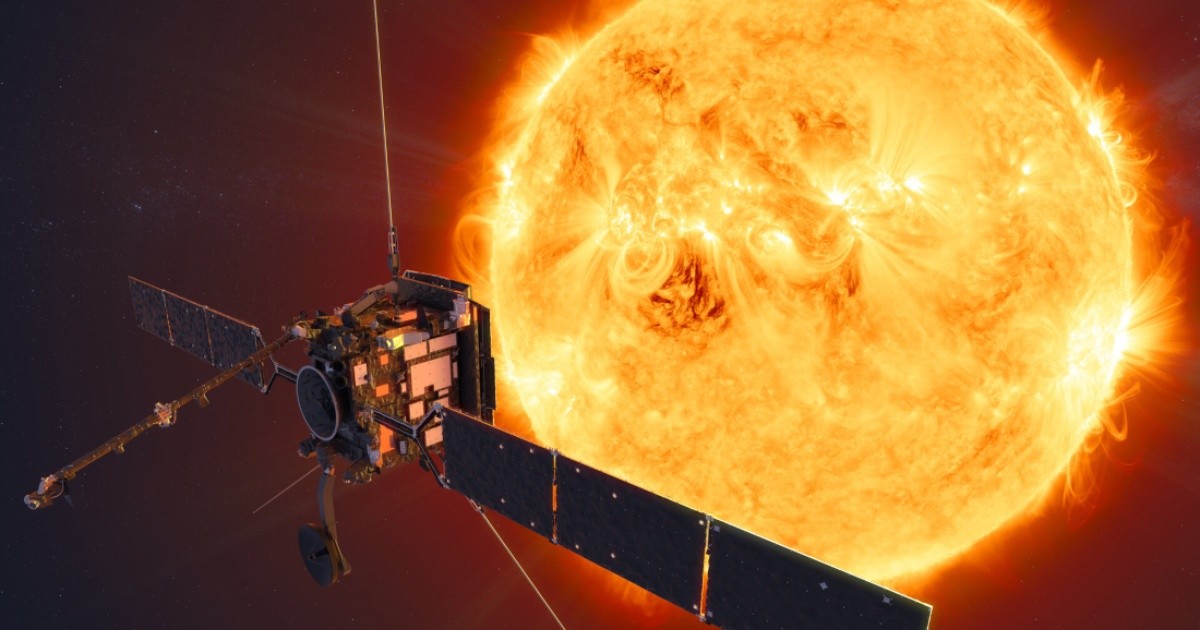
The first images of Solar Orbiter, the new Sun observation mission launched on February 10 this year by the European Space Agency (ESA) and NASA, revealed the presence of countless solar mini-subups, nicknamed “bonfires,” near the surface of our star.” They are just the first images and we can already see new phenomena of interest,” says Daniel Muller, scientist at the Solar Orbiter project. “We didn’t expect such good results at first. We can also see how the ten scientific instruments complement each other, offering a comprehensive picture of the Sun and its surroundings.”
As explained on the ESA website, the satellite has six remote sensing instruments (telescopes), which will observe the Sun and its surroundings, and four instruments in situ to poll the environment around the ship, which allow to know, among other things, how the solar wind is generated, that rain of charged particles from the Sun that affects the entire solar system , and how the intensity of the magnetic field varies along the solar surface. On the other hand, the images obtained by the Extreme Ultraviolet Imaging Chamber (EUI) during solar Orbiter’s first perihelion, the point in its closest elliptical orbit to the Sun, are highlighted, showing “bonfires” that are as minor relatives of the solar efgurations seen from Earth, but between millions and billions of times smaller.” At first glance, the Sun may seem motionless, but as soon as we look in detail we can see these small eruptions everywhere,” adds David Berghmans of the Royal Observatory of Belgium and lead researcher at the EUI.
Researchers suspect that these small eruptions could contribute to one of the Sun’s most enigmatic phenomena: the heating of the crown. Let us remember that the solar corona is the outermost layer of the Sun’s atmosphere, which extends millions of kilometers into outer space, and its temperature exceeds one million degrees Celsius, several orders of magnitude hotter than the surface of the Sun, which is “just” at 5,500oC; identifying the physical mechanisms that heat the crown represents for scientists the “holy grail” of solar physics.” We are very excited about these early images, but they are nothing more than the beginning,” concludes Muller. “Solar Orbiter has begun a long journey through the inner solar system, and in less than two years it will get much closer to the Sun. In the end, it will approach just 42 million kilometers, which is almost a quarter of the distance from Earth to the Sun.”
Images taken by the Solar Orbiter probe.
"El reclamo puede ser genuino, pero construido sobre una mentira", apuntó el presidente Javier Milei…
El gobernador de la provincia de Buenos Aires, Axel Kicillof, encabezó un acto en Ensenada…
El diputado nacional de La Libertad Avanza, José Luis Espert, expresó su confianza en la…
Tras la masiva reaparición de Cristina Fernández de Kirchner, el presidente Javier Milei apuntó contra…
El principal propósito de la nueva comisión es evaluar los recursos humanos en el Senado,…
En una medida que busca redefinir las condiciones de los seguros de automóviles en Argentina,…
Esta web usa cookies.